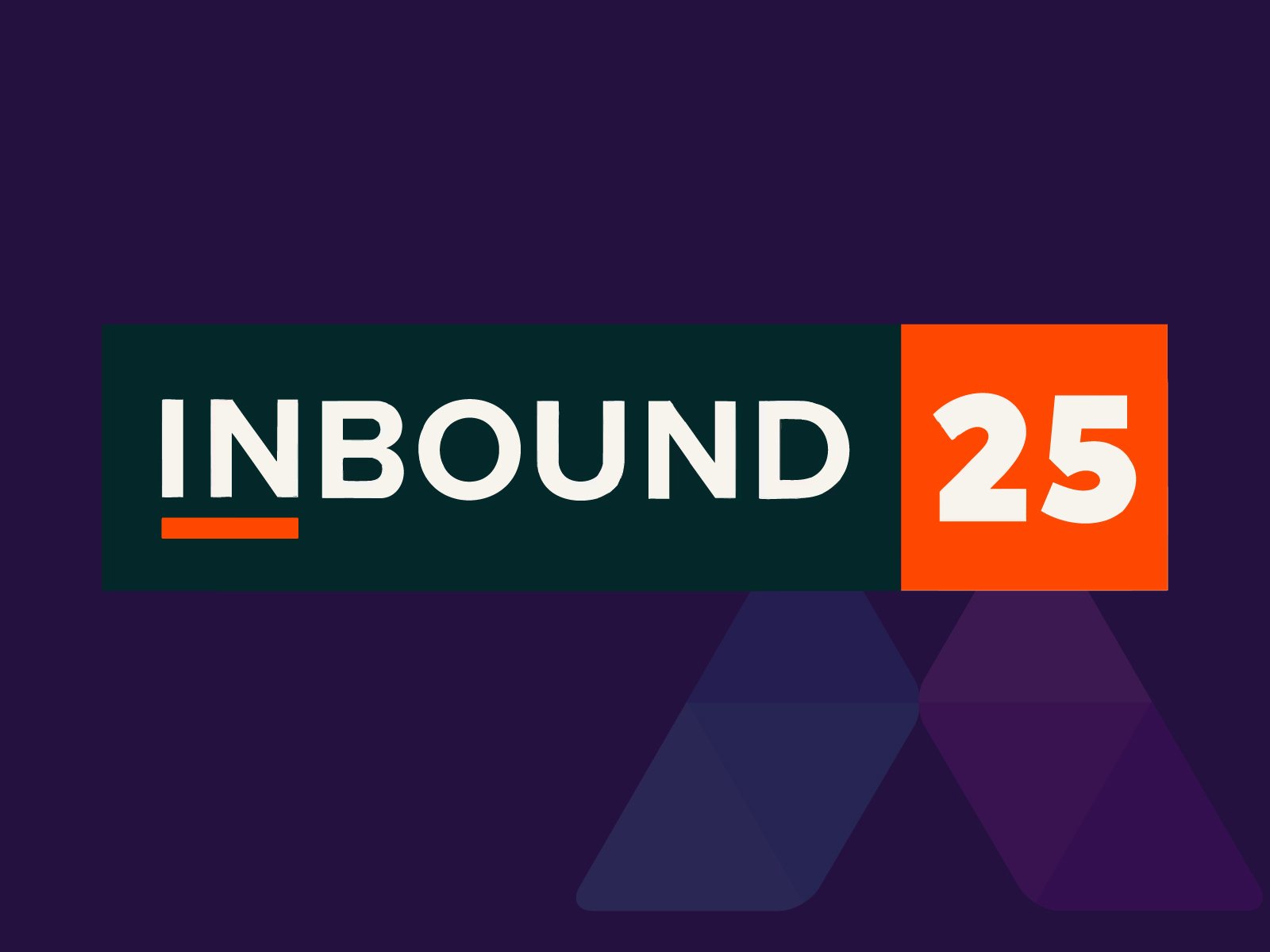We do a lot of blogging here at Mojenta – for ourselves and for the 200+ telecom and IT services companies we’ve worked with since 2010. Because of our experience, we are frequently asked for blog writing tips. We’ve learned a thing or two about what makes a great blog post over the years. Since each Mojenta employee contributes to our blog regularly, we created this list of best practices for everyone to reference internally
For Mojenta, the goal of each blog post is two-fold:
- Make Google’s algorithm happy so our content shows up higher in search results for our targeted keywords.
- Make readers happy so they begin to follow us, and eventually become our partners or customers.
Below I’ve pasted a verbatim copy of the blog writing tips we use internally with these two goals in mind. It’s a result of our research, data gathered from our own blogs, and trial and error. Do these tips work? Well, we typically get 2-3 incoming leads per week from our blogging alone. I hope this information is really useful for you!
Blog Writing Tips: Content

First and foremost, make sure you have a content strategy in place. Once you’re good to go there, proceed to blogging!
- Write your headline to be between 8 and 12 words.
- Write at least 600 words, but 800-1000 is preferred. This blog is 825 words. Here’s more info on long form content.
- Include a sub-header and at least two section headers.
- Use screenshots or images where possible to enhance your point.
- Finish your conclusion with a meaningful call to action (CTA) for your reader — whether it’s advice, a content offer, or a link to another related blog post.
- Here are some tips to use Google Analytics to choose your blog topic.
Blog Writing Tips: Format
*Note that not every blog will necessarily need to include every one of these elements. Please use your discretion as to how to include a variety of these elements while keeping the blog readable.
- Headers of varying sizes
- Short paragraphs
- One-line paragraphs
- Indented quotations
- Bolded phrases to catch reader’s eye on important wording
- Bulleted lists
- Full-width lines to separate sections/chapters
- Images where appropriate
- Icons where appropriate
- Statistics where appropriate
Blog Writing Tips: SEO

Again, I’m assuming you’ve done your SEO research and have an SEO strategy in place.
- Include at least one link to another blog or page on this site
- Include at least one external link to a cited resource
- Use “lead generation” where possible (one of our main keywords, substitute your own here)
- Use “telecom marketing,” “it marketing”, “telecom, IT and cloud” (other focus keywords for us, substitute your own)
- Write a meta description under 155 characters
- Include your primary keyword and relevant keywords from the above list in the title of your post
- Specify the URL of your blog post, keeping in mind that the URL does not necessarily have to match the title, though typically it will. (For example: a post called “Get The Most Out Of Your Blogging” can have a URL that is “/how-to-write-a-blog/” and a post titled “4 Tips for Better Telecom Lead Generation” can have a URL that is “/telecom-lead-generation-tips/”). Make sure to include your primary keyword and any relevant keywords in the URL.
Blog Writing Tips: Featured Image
- Set your featured image to 1200 width in WordPress to make sure it displays correctly on social media link previews.
- The exact size to shoot for is 1200×627. You can crop an image on Shutterstock (our photo service) before downloading by using the Edit feature.
Blog Writing Tips: Additional Ideas

- HubSpot has found that headlines ending with a bracketed clarification — for example, “The Definitive Guide to Business Blogging [New Data]” — performed 38% better than titles without that clarification.
- Medium found that posts that took seven minutes to read earned the most engagement and attention. They also found that most of the top-10 Google results are between 2,032 and 2,416 words.
- Readers have trouble staying focused, so wherever possible, use multimedia content to break up the blog post and re-engage your reader. Add images, videos, audio recordings, and social media posts. Changing up the format of your blog post will provide additional value to your reader while making sure their eyes are focused on what they’re reading and seeing.
- Numbers written as numerals (23) instead of words (twenty-three) have been shown to attract reader attention when they quickly scan what they’re reading online. Additionally, numbers represent facts and help build trust among readers.
- Sub-headers are another on-page SEO element that helps your blog post to rank in Google Search. Sub-headers organize and break up your blog post into different sections to signal to Google (and your reader) what the post will cover.
There you have it! Are there any blog writing tips we missed? Please let me know in the comments.
Blogging, if executed properly, is such a useful tool in marketing, establishing thought leadership, and even telecom lead generation. Happy blogging!



